Selby Abbey
OS grid reference:- SE 615 323
Selby Abbey, situated near the River Ouse in the town of Selby, is one of the few surviving abbey churches of the medieval era and one of the largest. It was described by Sir Simon Jenkins as "one of Yorkshire's greatest architectural jewels'.
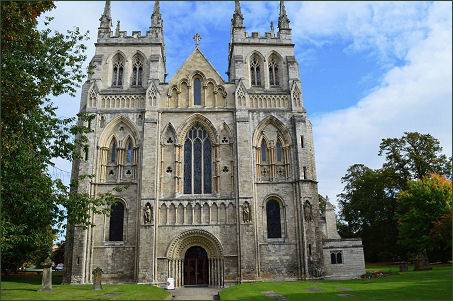
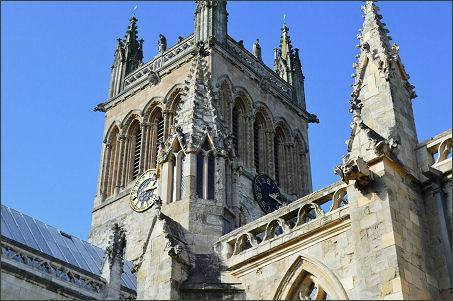
The Benedictine monastery was founded by the monk Benedict (or Benoit) of Auxerre in 1069, who having claimed to have had a vision where he was called by St. Germain to build a new monastery at 'Selebiae'. Benedict travelled to England with a relic of St Germanus in a golden box, to build the abbey. King William the Conqueror granted the land on which the abbey was built.
By the onset of the twelfth century, the earlier timber abbey had been replaced in stone by Abbot Hugh, the church was almost at a stage of completion in Hugh's lifetime. Much of this building still survives, including the distorted nave arches near the central tower. In common with York Minster, the church stands on a base of sand and has consequently suffered much from subsidence
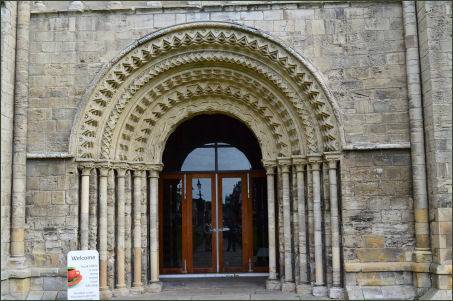
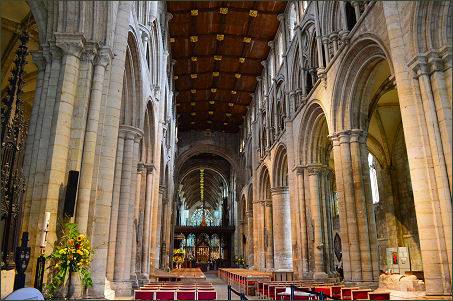
The abbey took some 130 years to construct, but the nave with its huge, solid stonework and rounded arches is strikingly Norman in design. The nave pillar, with its deeply engraved diamond pattern, is named after Abbot Hugh.
Selby Abbey became the wealthiest and most influential Benedictine monastery in Yorkshire, between 1069 and 1539, many of the English Kings and northern nobility made visits to the abbey and, by the mid fourteenth century, the building had adopted the apperance which it has retained to the present day.
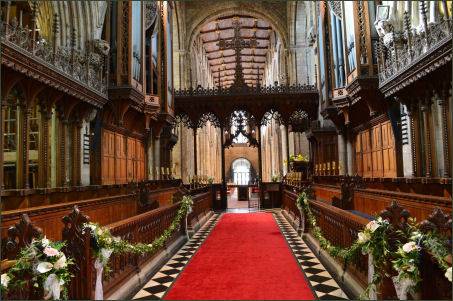
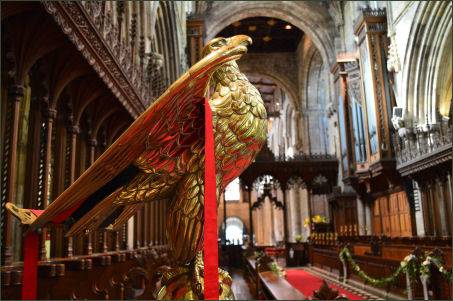
One of the most defining honours conferred on the Abbey was the grant of the Mitre. This was bestowed on 31st May, 1256 by Pope Alexander IV. After 1256 Selby was therefore a "Mitred Abbey," an honour which it shared in the north with St Mary's Abbey, York.
The St Germain window in the North Transept of Selby Abbey is one of the most spectacular and impressive stained glass in the Abbey. It contains 46 scenes from the life and legend of the saint. The east window displays a collection of fourteenth century stained glass. This glass is arranged to show the family tree of Jesus, in the fashion known as a 'Jesse' window. The window is thought to be the second finest in England, after the West Window of York Minster.
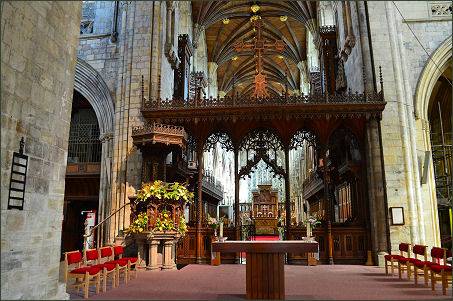
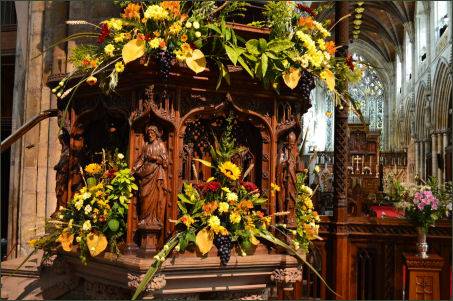
The fourteenth century Washington window is named for Prior John de Washington whose family tree can be traced down to that of American President George Washington. The Washington heraldic coat of arms features three stars above red and white stripes, and is one of the first known representations of the stars and stripes pattern which was later used for the flag of the United States.
The north aisle contains the Ellerton Window, which again has stained glass dating from the fourteenth century and was brought from Ellerton Priory. The abbey also contains grave slabs to three of Selby's medieval abbots; the earliest is that of John de Shireburn (died. 1408). The north aisle has a narrow leper's squint, which was built to allow lepers to see the high altar from outside the church.
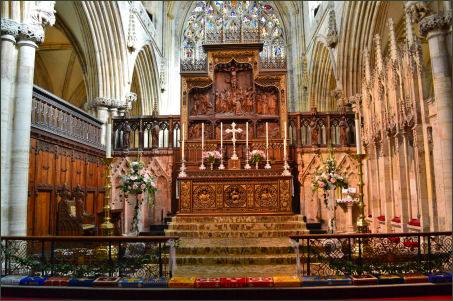
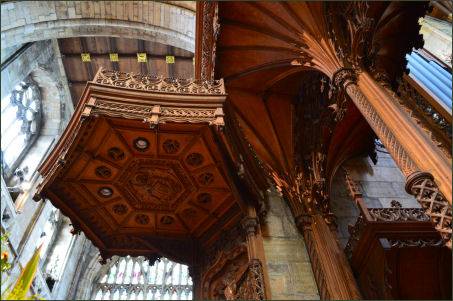
At the Dissolution of the Monasteries in 1539, the Abbot was Robert Rogers,a personal friend of King Henry VIII, who was one of those who singed the petition, on July 13th 1530, in favour of his divorce from Katherine of Aragon.The Abbot of Selby did not join the Pilgrimage of Grace, a northern rebellion which opposed the king's religious policies and the Abbey was surrendered to the crown on December 6th 1539.
The monastic buildings were left to slowly decay, with large parts of the structure, including the central tower, falling to ruin. The abbey church however, survived to become the Church of St Mary and St Germain, the parish church of Selby in 1618. The tower collapsed in 1690, and was repaired around 1701-2.
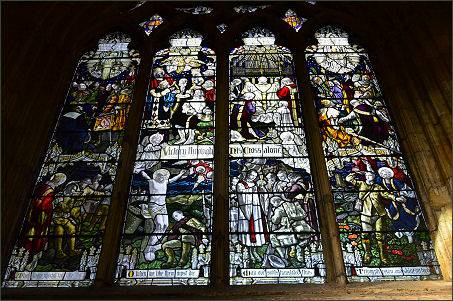
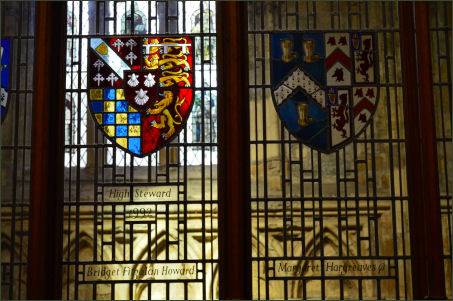
A fire in 1906 destroyed the roof of the choir and the belfry but the fourteenth-century stained glass in the East window survived. The abbey was rebuilt and reopened in 1909.
There is also a war memorial chapel and visitor trail.
